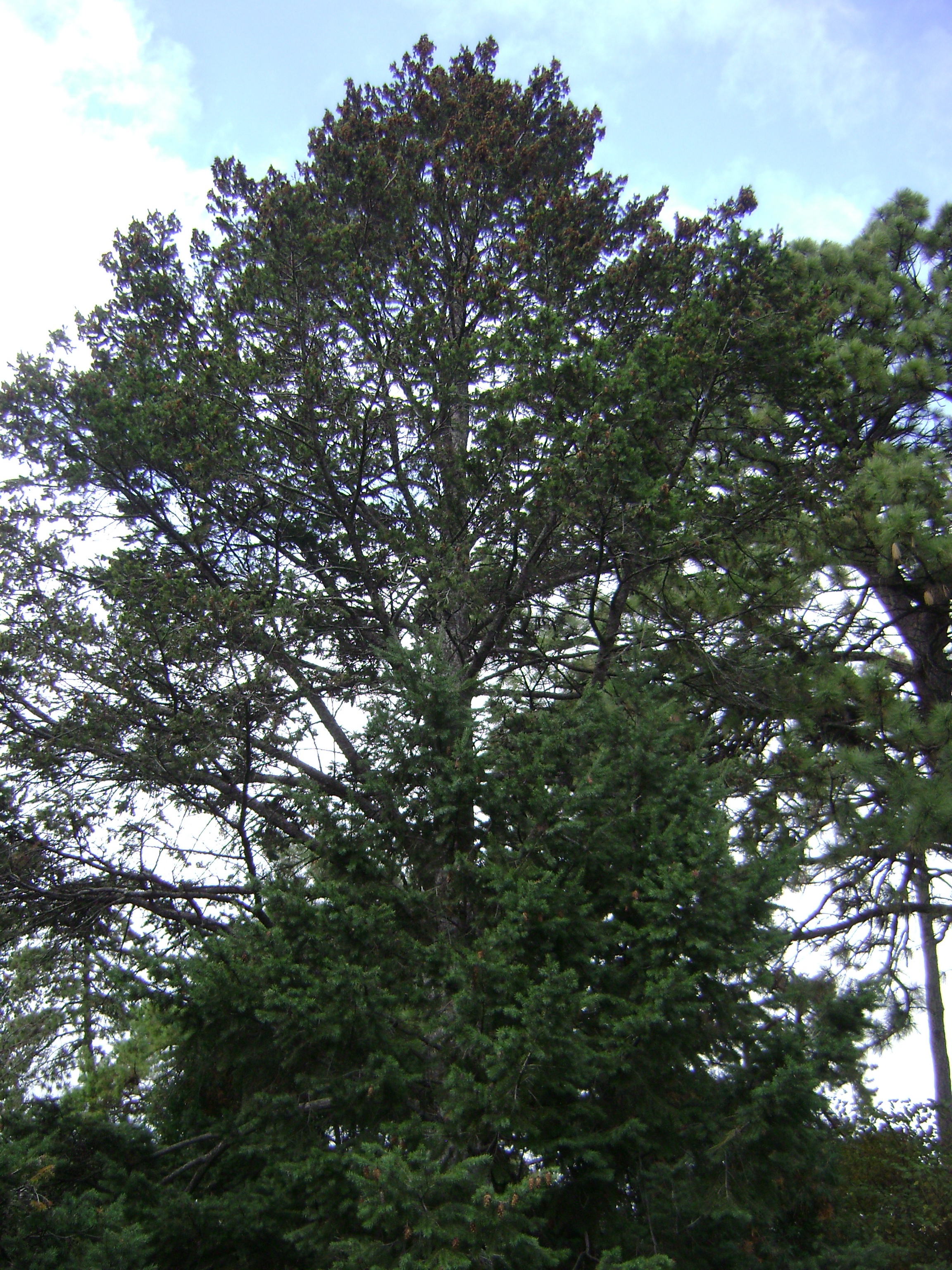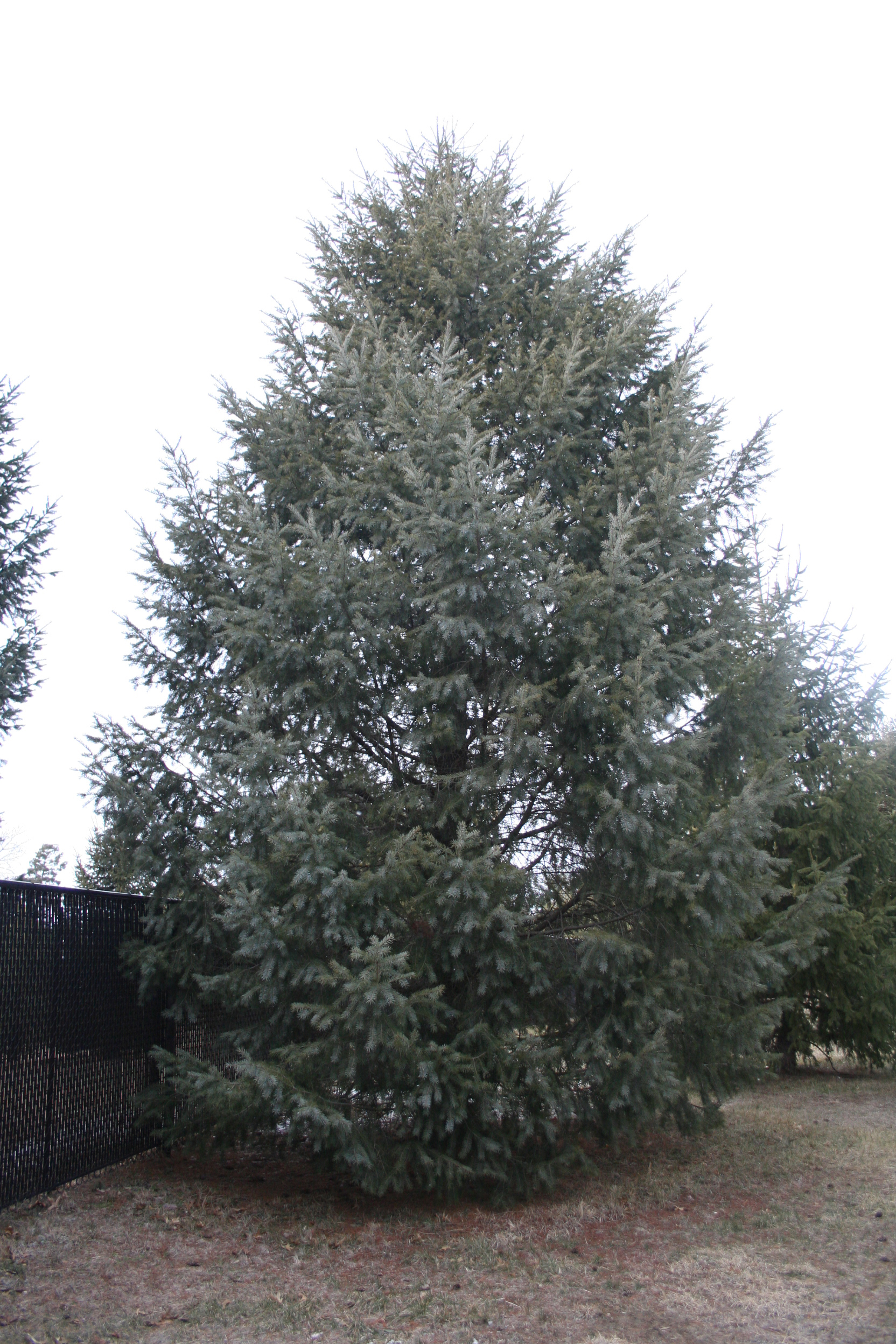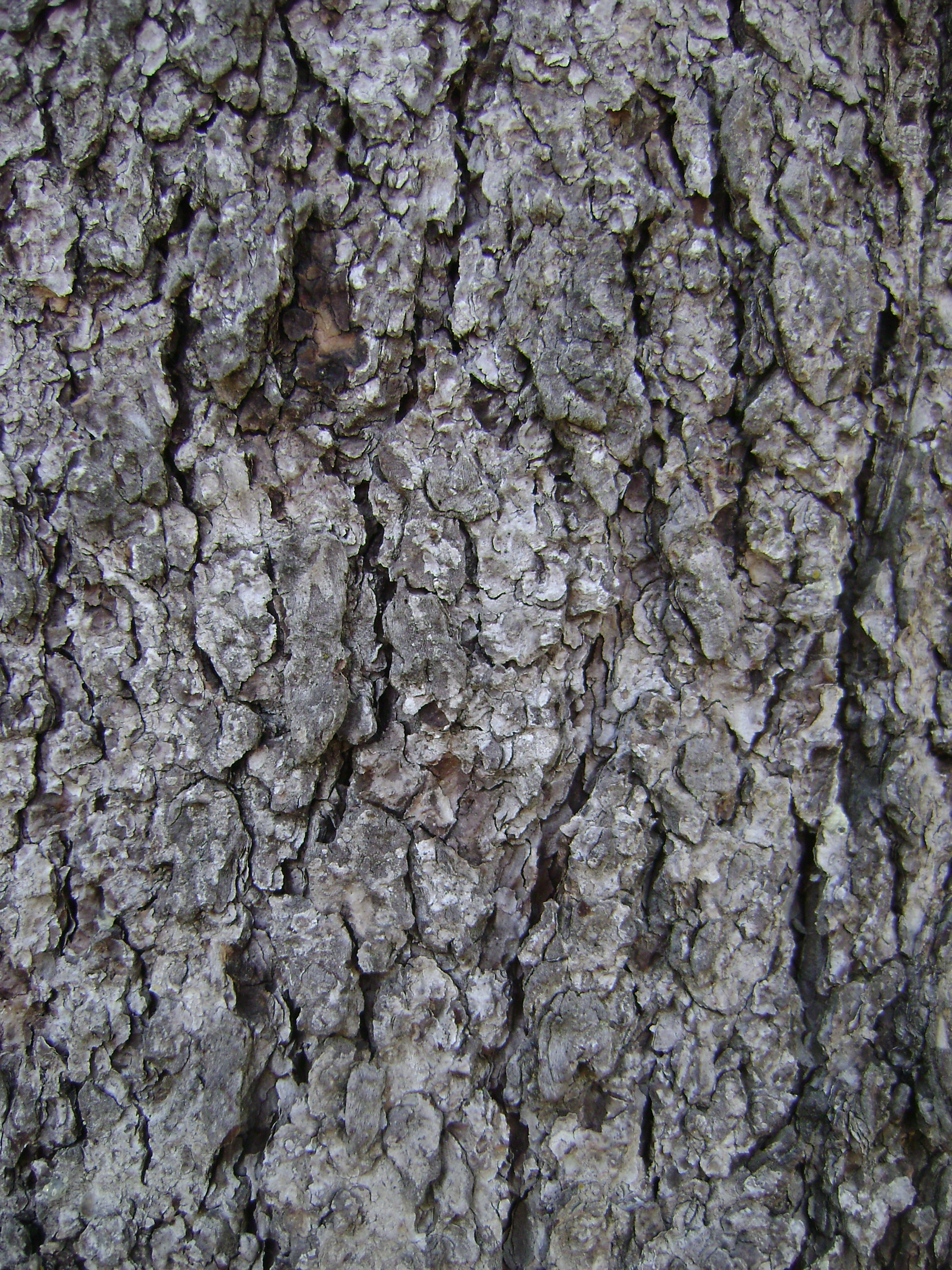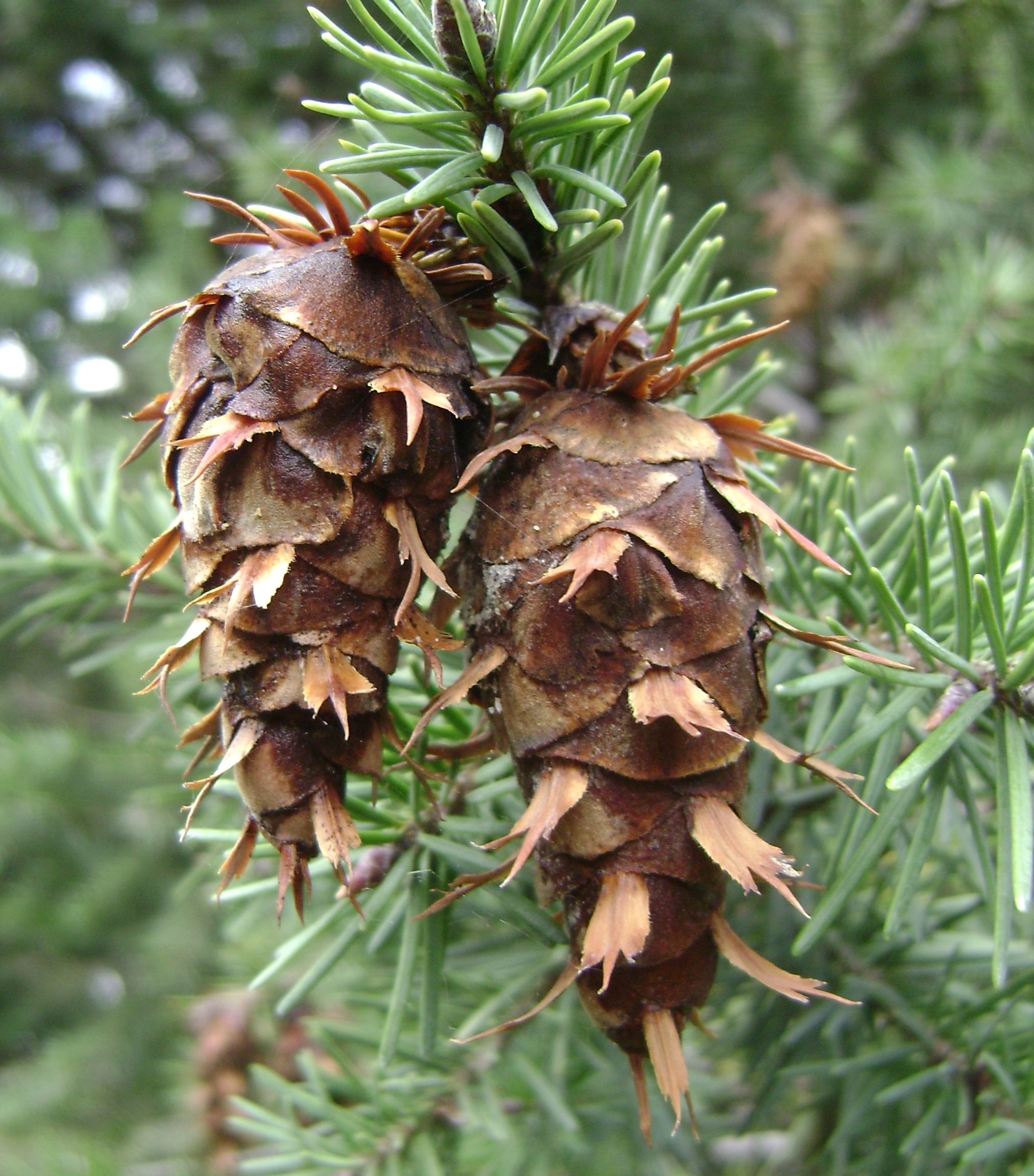Fir, Douglas
Pseudotsuga menziesii, Coniferous
Douglas fir is one of the most important timber trees in the United States and is the backbone of the western timber industry. The Rocky Mountain variety is more adaptable to the Great Plains and has been grown successfully across Nebraska, primarily as a landscape tree but sometimes in shelterbelts.

Where To Grow

Size at Maturity
| Tree Height | Tree Spread |
| 30-50' | 15-25' |
Tree Characteristics
Douglas fir has soft, flat, 1” long needles that are similar to fir needles, thus it’s common name affiliation to firs (however it is not a true fir). The needles can range in color from dark green to blue-green, and some cultivars have been selected for their bluish appearance. The tree has an upright pyramidal shape that becomes thin and open with age. The tree’s downward pointing cones have a unique snake-tongue like bract extending between the scales. These cones fall from the tree intact, unlike true firs which generally disintegrate on the tree.
Wildlife Benefits
The seed of Douglas-fir is an important food for chickadees, red crossbill, finches (house and purple), evening grosbeak, Douglas squirrel, Townsend chipmunk, deer, meadow mice, shrews, and many other birds and mammals. Of course, you won't find all of these in Nebraska.
Utilization
Douglas fir is one of the most important timber trees in the United States. It is harvested for a wide variety of uses and is the backbone of the western timber industry. The wood has great strength and yet it is not very heavy.
Additional Considerations
While the tree has its share of insect and disease enemies in its natural range, it is relatively pest free in this part of the country although long periods of drought can be a problem. The tree is a good choice for landscape plantings and makes a good choice for windbreaks on suitable lands.
Interesting Facts
Douglas fir is not a “true” fir like concolor fir. It is, in fact, a unique species and the only one of its kind within its genus. The genus name ‘Pseudotsuga’ means “false hemlock”, alluding to the similarity of its needles to those of the hemlocks.
References
- Tips for planting success
- NRCS Plant Fact Sheet
- Developed by Justin Evertson, Kyle Martens, and Denise Wally


